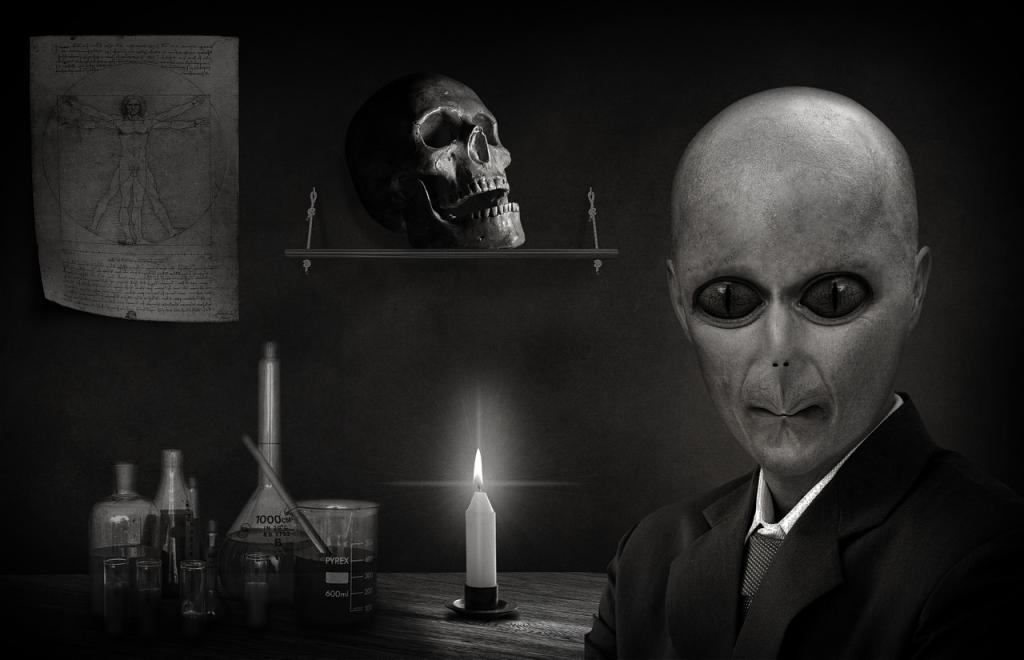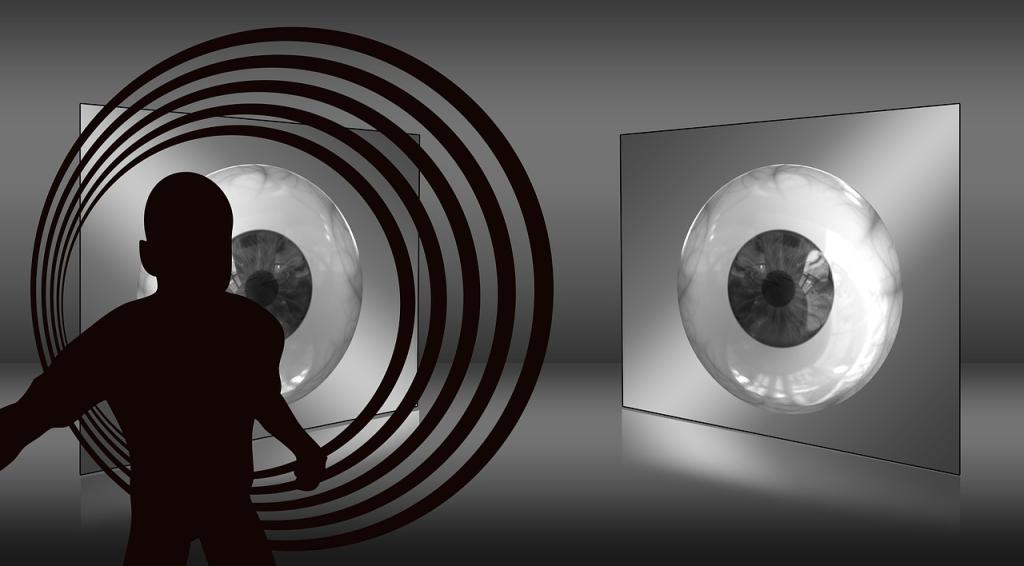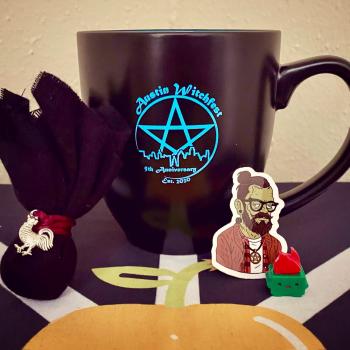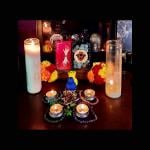As hard as I try, I can’t get away from shadow work. And by that, I mean no matter where I look, people will not stop talking about it.
A couple of days ago, I saw someone ask about rituals to help let go of past traumas, and several people confidently responded, “Shadow work.” However, I also saw someone post in multiple online groups, asking for help getting started with shadow work, and the response was absolute crickets.
Actually, I take that back. One person replied, “Work with Saturn,” which, I mean, is not the worst suggestion, but it also wasn’t particularly helpful without any context or instruction.

Whenever I see someone recommending shadow work, I have to stop myself from responding, “Good answer! What is it?” Because that’s what bugs me about the whole thing: As popular a term as it’s become to bandy about, it doesn’t really mean anything — or at least, it’s being tossed into conversations without anyone really knowing what they mean when they say it.
Are we talking about initiatory ordeals? Shamanic crises? Psychoanalysis? Cognitive-behavioral therapy? The Hero’s Journey? All of these include concepts that could be described as shadow work, but there’s not an overarching Shadow Work pennant that we can cram them all under.
The Jung and the Restless
The Swiss psychiatrist Carl Jung defined the Shadow as the unconscious part of the human psyche, similar to Sigmund Freud’s concept of the Id. It’s our animal nature, and it gives us the potential for both creation and destruction. As humans, we tend to reject or ignore the parts of ourselves that we don’t like, and those parts can become aspects of our shadows. Or, if we’re wrestling with, say, low self-esteem, our shadows could be comprised of really positive things that don’t gel with our negative self-image.
The “goal” of Jungian psychology, then, is to learn to acknowledge and accept the Shadow, thus integrating the unconscious and the conscious selves into a Whole Person™. Which is nowhere near as easy as it sounds (and it honestly doesn’t even sound that easy).

I am not quite sure how shadow work made the jump into modern Witchcraft, but it’s currently as prevalent a topic as moon water and cord-cutting. And while I do think actively working to integrate one’s shadow can make one a healthier person and in turn a more competent and effective Witch, it’s important to realize that a) it’s a long-term process, not a one-time ritual, and b) it can be painful and scary and damaging.
No Tea, No Shadow
If you’re going to throw yourself into shadow work, my one, non-negotiable rule is this: Be kind to yourself. I mean it. Even with outside support, it’s easy to slip into dark places when we’re looking at the ugly parts of ourselves, so it is almost medically necessary that we treat ourselves as gently as possible while we’re in the middle of it.

For more information on the subject, I highly recommend Rebel Witch: Carve the Craft that’s Yours Alone by Kelly-Ann Maddox. She covers shadow work in-depth and offers tips, basic techniques, excellent resources, and a lot of encouragement. You really couldn’t ask for a better starting point.


















